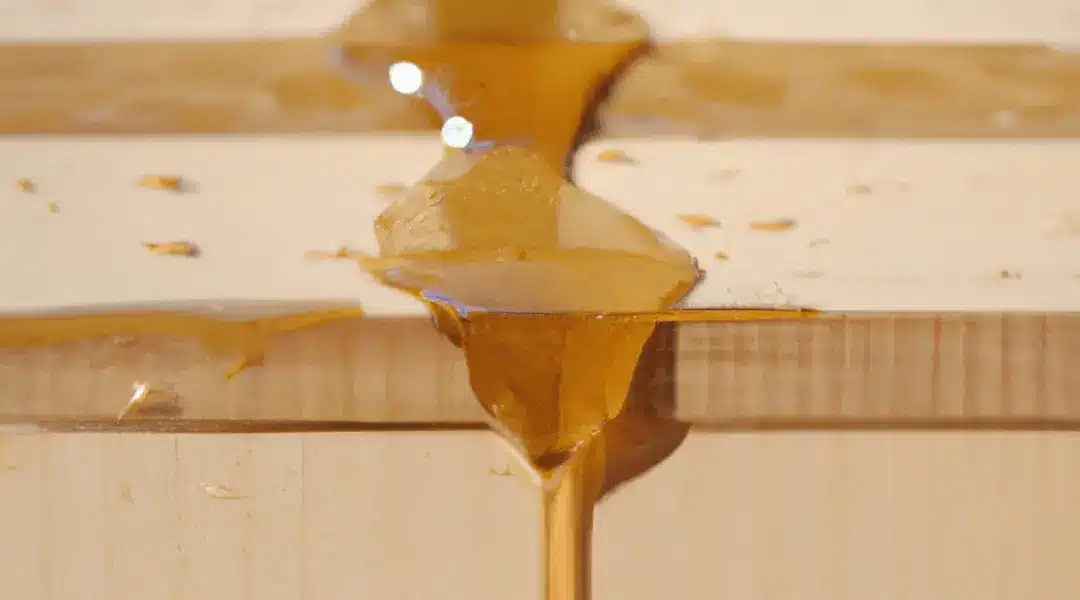How Long Does Wood Glue Take To Dry? It’s a question that every woodworker has asked themselves at some point. Whether you’re a beginner or an experienced woodworker, understanding the drying time of wood glue is crucial for the success of your project.
Woodworking is a craft that requires precision and patience. Whether you are a professional carpenter or just a weekend hobbyist, one of the most important aspects of any woodworking project is the glue that holds it together. Wood glue is a versatile adhesive that comes in many different types, each with its unique set of properties and drying times. Understanding the different types of wood glue and how they work is essential to ensure a successful woodworking project.
Let’s dive into this peculiar topic and uncover the taste, health risks, and even unique uses of glue beyond its intended purpose.
In this blog post, we will delve into the world of wood glue and explore the different types available, the factors that affect drying time, and tips on how to speed up the drying process. So, grab a cup of coffee and let’s get started!
Types of Wood Glue
There are several types of wood glue available, each with their unique properties and applications. Here are some of the most common types of wood glue:

PVA Glue
PVA (polyvinyl acetate) glue is a water-based adhesive that is primarily used for indoor woodworking projects. It dries clear and is easy to sand, making it an excellent choice for projects that require a smooth finish. PVA glue is also non-toxic and easy to clean up with water, making it a popular choice for DIY enthusiasts.
Polyurethane Glue
Polyurethane glue is a versatile adhesive that works well for both indoor and outdoor projects. It is waterproof and heat-resistant, making it an excellent choice for projects that will be exposed to the elements. Polyurethane glue also has a longer working time than other types of wood glue, giving you more time to make adjustments before it dries.
Epoxy Glue
Epoxy glue is a two-part adhesive that is incredibly strong and durable. It is commonly used for bonding metal, glass, and plastic, but it can also be used for woodworking projects. Epoxy glue dries clear and is resistant to water and heat, making it an excellent choice for outdoor projects.
Hide Glue
Hide glue is an adhesive made from animal collagen, typically from cows or rabbits. It has been used for centuries and is still used by traditional woodworkers today. Hide glue is non-toxic and reversible, making it an excellent choice for antique restoration projects. It is also easy to clean up with warm water.
Cyanoacrylate Glue
Cyanoacrylate glue, also known as super glue, is a fast-drying adhesive that bonds quickly and strongly. It is commonly used for small woodworking projects, such as repairing cracks and joints. Cyanoacrylate glue dries clear and this glue is waterproof, making it an excellent choice for outdoor projects.
Factors Affecting Drying Time
The drying time of wood glue can vary depending on several factors. Here are some of the most common factors that affect drying time:
Temperature and Humidity
The temperature and humidity of the environment can affect the drying time of wood glue. Glue dries faster in warmer and drier conditions, while it dries slower in cooler and more humid conditions.
Type of Wood
The type of wood that you are using can also affect the drying time of wood glue. Softwoods, such as pine and cedar, absorb glue faster and can lead to a shorter drying time. Hardwoods, such as oak and maple, absorb glue slower and can lead to a longer drying time.
Surface Area of the Joint
The surface area of the joint that you are gluing can also affect the drying time. Larger surface areas require more glue, which can lead to a longer drying time. It is essential to apply the right amount of glue to ensure a strong bond without extending the drying time.
Amount of Glue
The amount of glue that you apply to the joint can also affect the drying time. Applying too much glue can lead to a longer drying time, while applying too little glue can lead to a weaker bond.
Drying Times for Different Types of Wood Glue
The drying time for wood glue can vary depending on the type of glue that you are using. Here are some general guidelines for drying times:
PVA Glue Drying Time
PVA glue typically dries within 30 minutes to 1 hour. However, it is essential to wait 24 hours before applying any pressure or stress to the joint.
Polyurethane Glue Drying Time
Polyurethane glue typically takes 4-6 hours to dry. However, it is essential to wait 24 hours before applying any pressure or stress to the joint.
Epoxy Glue Drying Time
Epoxy glue typically takes 24-48 hours to dry. However, it is essential to wait 72 hours before applying any pressure or stress to the joint.
Hide Glue Drying Time
Hide glue typically dries within 30 minutes to 1 hour. However, it is essential to wait 24 hours before applying any pressure or stress to the joint.
Cyanoacrylate Glue Drying Time
Cyanoacrylate glue typically dries within 10-30 seconds. However, it is essential to wait 24 hours before applying any pressure or stress to the joint.
Tips for Speeding Up Drying Time
If you need to speed up the drying time of wood glue, there are several tips that you can follow:
Use a Dehumidifier
If you are working in a humid environment, using a dehumidifier can help reduce the drying time of wood glue.
Apply Heat
Applying heat to the joint can also help speed up the drying time of wood glue. However, it is essential to use caution when applying heat, as too much heat can damage the wood.
Increase Air Circulation
Increasing air circulation around the joint can help reduce the drying time of wood glue. You can use fans or open windows to increase air circulation.
Use a Thinner Glue
Using a thinner glue can also help reduce the drying time. However, it is essential to follow the manufacturer’s instructions when diluting the glue.
Conclusion
Wood glue is an essential component of any woodworking project, and understanding the different types of wood glue and their drying times is crucial to ensure a successful project. Whether you are a professional carpenter or just a weekend hobbyist, taking the time to learn about wood glue can help you achieve better results in your woodworking projects. Remember to follow the manufacturer’s instructions when using wood glue and use the tips provided blog post to speed up the drying time when necessary.



